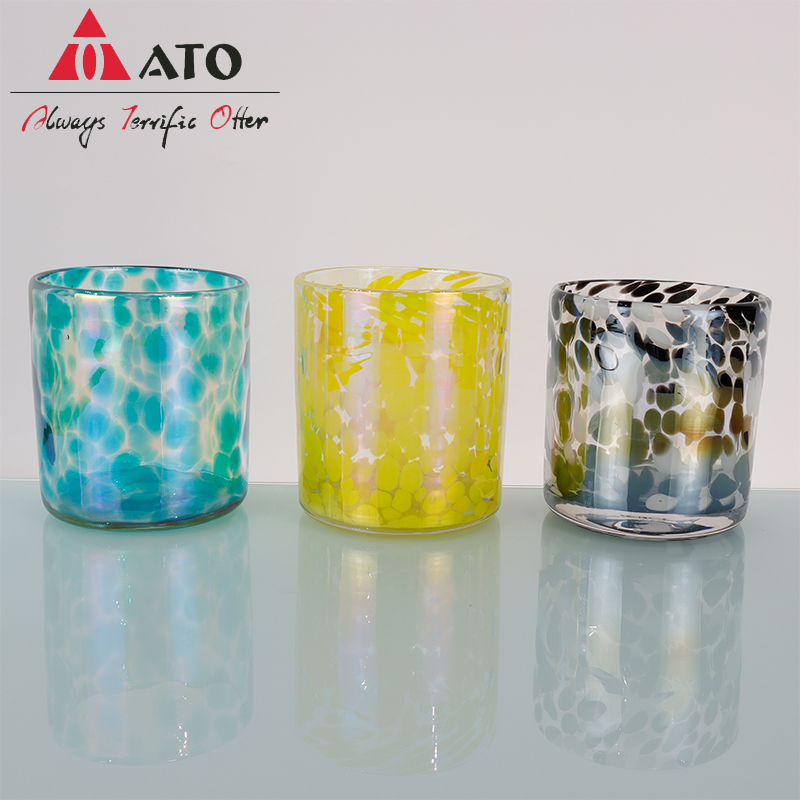After the ink is shipped, it often takes a while before it can be used on the machine. Therefore, the storage stability of the ink, including the stability of the resin in the system, the stability of the pigment (such as the absence of precipitation phenomenon), rheology Performance stability issues (such as viscosity should be consistent with the factory as much as possible) and gloss issues are all important factors that must be considered when developing ink painting.
From the perspective of ink composition, the stability of ink is determined by the following three factors:
(1) The nature of the resin;
(2) The amount of neutralizing agent;
(3) Types of auxiliary solvents;
(4) The quality of the pigment.
1, the impact of resin on storage stability
The influence of different structural raw materials on ink viscosity with storage time can be divided into three categories:
A. Ink viscosity rises almost linearly with storage time;
B. As time goes on, the viscosity of the ink begins to rise and then drops after passing through the maximum value;
C. With the passage of time, the viscosity of the ink remains basically unchanged.
Among them, the viscosity of Class C is hopefully achieved. This requires an experiment to study the formulation solution.
In these three cases, the PH value has dropped from 8.6 at the beginning to 7.4 to 7.9. When stored for a long period of time, the resin appears turbid or even precipitated in these cases, resulting in the separation of the resin and the solution, which needs to be avoided.
2. Relationship between stability and dosage of neutralizer
The stability of ink storage is closely related to the amount of neutralizer. The following table shows the relationship between the PH value of the ink and the storage time and the amount of amine used.
Water-based paint neutralization PH storage time (days)
84% 7.4 6
105% 8.8 12
126% 9.3 12
From the above table, it can be seen that a slight excess of neutralization can give better storage stability.
If the amine also has the role of an auxiliary solvent, the separation of the binder from the solution is greatly slowed, and the use of dimethylaminoethanol has a very good effect.
3, the relationship between stability and auxiliary solvents
The storage and viscosity stability of inks is also closely related to the amount and nature of the auxiliary solvents. The auxiliary solvent is not only advantageous for the dilution properties as described above, but also can effectively improve the storage stability. The following table shows the relationship between ink viscosity and storage time (60°C) and the nature of the auxiliary solvent.
Auxiliary solvent Ethylene glycol monoethyl ether Isopropylene glycol Ethylene glycol monobutyl ether butanol Viscosity increase / Pa.s 45 45 <0.5 <0.5
Time / d 4 14 16 10
From the above table, it can be seen that ethylene glycol monoethyl ether and isopropyl ethylene glycol are not very satisfactory, and the viscosity of the ink increases significantly with the storage time, while butanol and ethylene glycol monobutyl ether have better effects.
Source: cigarette packets ink information network
